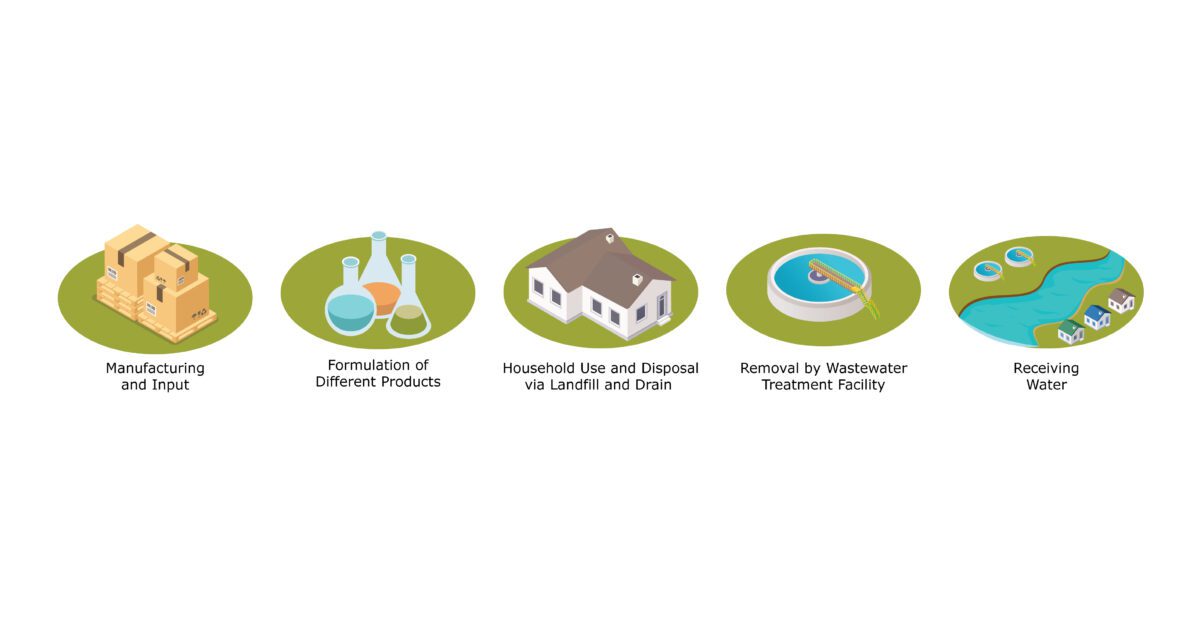
Ms. Heather Summers is a toxicologist and risk assessor with technical leadership experience in ecological and human health risk assessment, specializing in bioaccumulation and toxicity of metals and PCBs. She has conducted aquatic and terrestrial ecological risk assessments involving complex ecosystems with multiple receptors, stressors, and assessment endpoints. Ms. Summers is experienced with the unique characteristics of systems characterized by ubiquitous metals contamination. She has led toxicity, bioavailability, and trophic transfer modeling evaluations of highly bioaccumulative metals such as mercury and selenium for the purpose of assessing risks to ecological endpoints in aquatic and terrestrial habitats. Ms. Summers has advised clients on developing site-specific toxicity criteria for the purposes of supporting natural resource damage assessments (NRDAs) and risk assessments at CERCLA sites. She has experience with classical and Bayesian statistics, parametric and nonparametric statistical analysis, and probabilistic modeling.
Ms. Summers has managed numerous field programs to support RI/FS biomonitoring. She has extensive field experience in water, sediment, and biota sampling techniques for freshwater and marine systems. In addition, she has more than 12 years of experience in environmental analytical chemistry instrumentation and detection methods for trace metals, volatile organic and semivolatile organic compounds, and nutrients.
M.S., Environmental Chemistry and Toxicology, Western Washington University, Bellingham, Washington, 2012
B.S., Chemistry (ACS accredited), minors in Mathematics and Environmental Science, Hope College, Holland, Michigan, 2005
Hazardous Waste Operations and Emergency Response 40-Hour Certification (2012)
Updated 8-Hour Refresher Certification (last update 2018)
First Aid and CPR Certified (2016)
Project Manager Boot Camp Training, PSMJ Resources Inc. (2015)
Member of the Society of Environmental Toxicology and Chemistry
Recipient of 2017 Best Paper Award granted by the Society of Environmental Toxicology and Chemistry (see Landis et al. 2017 in Publications section)
Heather M. Summers Senior Consultant
Ms. Heather Summers is a toxicologist and risk assessor with technical leadership experience in ecological and human health risk assessment, specializing in bioaccumulation and toxicity of metals and PCBs. She has conducted aquatic and terrestrial ecological risk assessments involving complex ecosystems with multiple receptors, stressors, and assessment endpoints. Ms. Summers is experienced with the unique characteristics of systems characterized by ubiquitous metals contamination. She has led toxicity, bioavailability, and trophic transfer modeling evaluations of highly bioaccumulative metals such as mercury and selenium for the purpose of assessing risks to ecological endpoints i...
Ms. Heather Summers is a toxicologist and risk assessor with technical leadership experience in ecological and human health risk assessment, specializing in bioaccumulation and toxicity of metals and PCBs. She has conducted aquatic and terrestrial ecological risk assessments involving complex ecosystems with multiple receptors, stressors, and assessment endpoints. Ms. Summers is experienced with the unique characteristics of systems characterized by ubiquitous metals contamination. She has led toxicity, bioavailability, and trophic transfer modeling evaluations of highly bioaccumulative metals such as mercury and selenium for the purpose of assessing risks to ecological endpoints in aquatic and terrestrial habitats. Ms. Summers has advised clients on developing site-specific toxicity criteria for the purposes of supporting natural resource damage assessments (NRDAs) and risk assessments at CERCLA sites. She has experience with classical and Bayesian statistics, parametric and nonparametric statistical analysis, and probabilistic modeling.
Ms. Summers has managed numerous field programs to support RI/FS biomonitoring. She has extensive field experience in water, sediment, and biota sampling techniques for freshwater and marine systems. In addition, she has more than 12 years of experience in environmental analytical chemistry instrumentation and detection methods for trace metals, volatile organic and semivolatile organic compounds, and nutrients.
Environmental Justice Screening Tools: Powerful Platforms with Potential Pitfalls
Poster
January 10 2023

- Risk Assessment
- Natural Resource Damage Assessment
- Litigation Support
- Toxicology
- Product Stewardship
- Site Investigation
- Data Management


